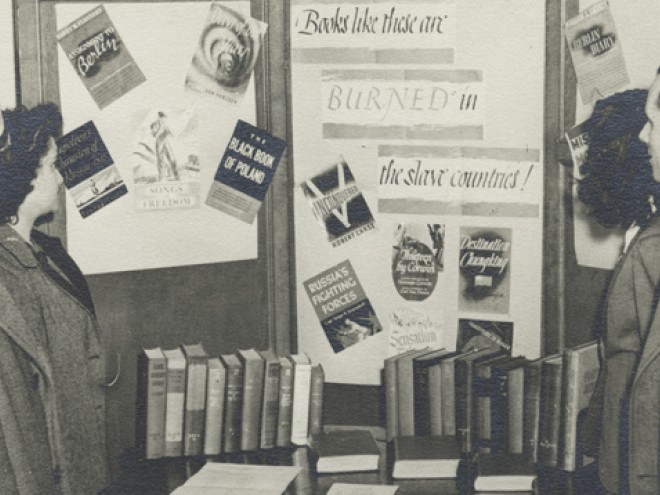By
– September 1, 2011
Sacred Treasure of the Cairo Genizah is a well-written personal tale that weaves in and out of the story of the history of the Genizah.
The story involves great scholarship as well as international intrigue. It tells of people doing anything and everything they can to buy, procure, simply get their hands on documents that depict the history of an Egyptian community and describe the interactions of that community over the millennium from 870 to 1880.
The Genizah is a storage area in the old section of Cairo called Fustat in the Ben Ezra Synagogue. The place still stands in today’s old Cairo. Traditionally, any Jewish text with Hebrew was considered holy as it was written in the holy language and so it was not thrown out, but either stored or buried. In the Ben Ezra Synagogue the storage room was in an attic. Documents, books, receipts, letters— almost everything written in Hebrew or Aramaic was unceremoniously tossed in. There was no order or filing system, just a jumble of documents spanning a 1000 year period.
The weather was so dry up in that attic that the papers never decayed. 280,000 documents were preserved, found, and purchased. Lost items were tracked down and brought to Cambridge, where Solomon Schechter plowed through them. Many of the texts provide rare insight into early Christianity, Islam, and Judaism. Included among the works are early versions of Maimonides and early Koranic works.
This historical find is beyond riches.
The story involves great scholarship as well as international intrigue. It tells of people doing anything and everything they can to buy, procure, simply get their hands on documents that depict the history of an Egyptian community and describe the interactions of that community over the millennium from 870 to 1880.
The Genizah is a storage area in the old section of Cairo called Fustat in the Ben Ezra Synagogue. The place still stands in today’s old Cairo. Traditionally, any Jewish text with Hebrew was considered holy as it was written in the holy language and so it was not thrown out, but either stored or buried. In the Ben Ezra Synagogue the storage room was in an attic. Documents, books, receipts, letters— almost everything written in Hebrew or Aramaic was unceremoniously tossed in. There was no order or filing system, just a jumble of documents spanning a 1000 year period.
The weather was so dry up in that attic that the papers never decayed. 280,000 documents were preserved, found, and purchased. Lost items were tracked down and brought to Cambridge, where Solomon Schechter plowed through them. Many of the texts provide rare insight into early Christianity, Islam, and Judaism. Included among the works are early versions of Maimonides and early Koranic works.
This historical find is beyond riches.
Micah D. Halpern is a columnist and a social and political commentator. He is the author of What You Need To Know About: Terror, and maintains The Micah Report at www.micahhalpern.com.





